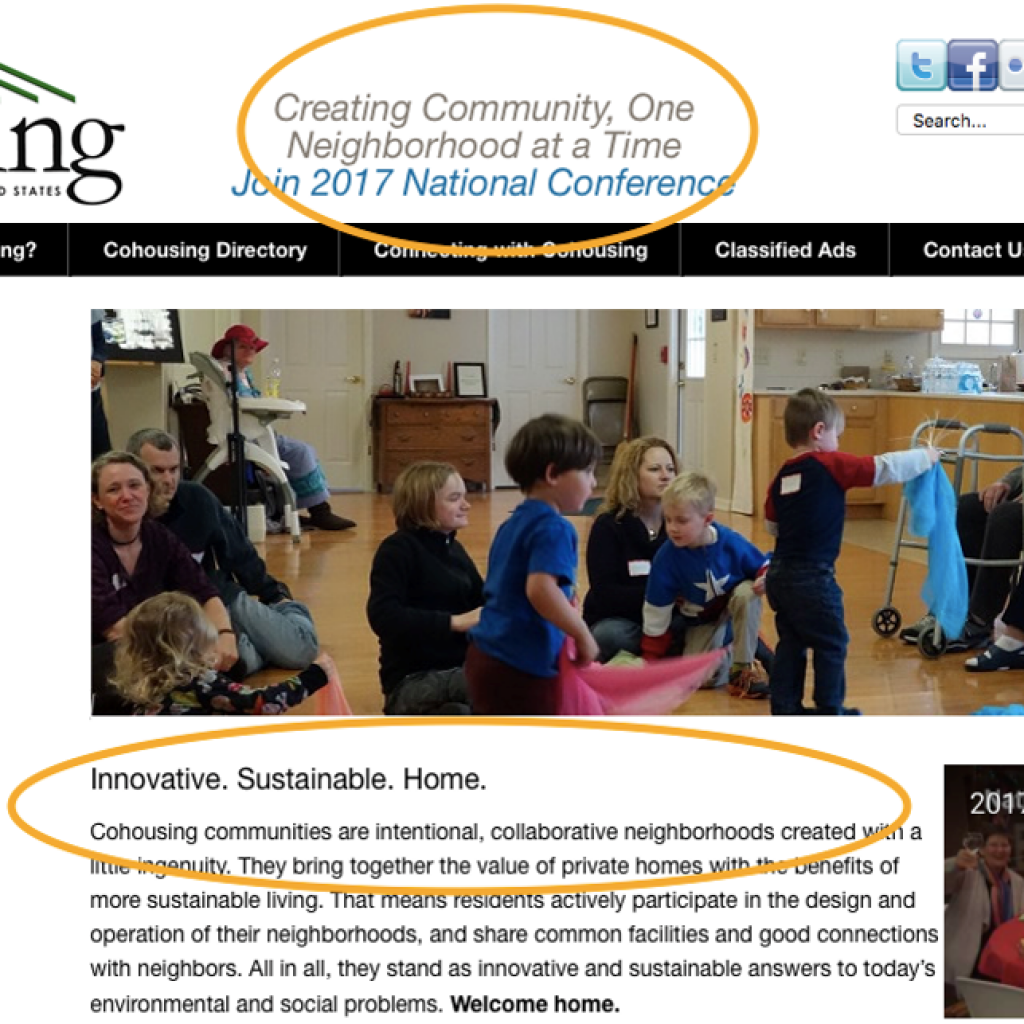Cohousing, between collaborative economy and second welfare
Proceedings from the "COLLABORATIVE LIVING, COHOUSING and REUSING EMPTY SPACES IN TRENTINO" CONFERENCE, an opportunity for reconstructing the history of the phenomenon, defining its main features and representing the opportunities for urban regeneration, local development and transformation of welfare it offers.
The Conference was held on May 12, 2017 in Trento at the headquarters of the Consortium of rentino Municipalities and was promoted as a training action targeting the administrators of local governments (the municipalities that are part of the Consortium).
The meeting was promoted by the City of Trento following a civic initiative that saw its first result in Decree 59 of 2016 (of the City Council).
The conference has played both a planning and a scientific role:
· a planning role, to inspire new initiatives by current administrators;
· a scientific one, to give a consistent, rigorous and exhaustive approach to the paradigm.
The work program was divided into three parts.
The first section involved local experiences already in place and organizations that facilitate experimenting and innovating collaborative living in the local area.
This “Map of the Existing”, by exploring Experiences from some Valley Communities has made it possible to concretely compare them with good national practices and to explore the defining aspects discussed below, to grasp its immediate usefulness in the local context and to encourage self-assessment of the strengths and weaknesses of the Trentino ecosystem.
The second section was devoted to the definition of priority issues: spaces, policies and practices.
The discussion started from a historical excursus that went back to the origins of the cohousing phenomenon in Italy and Europe: Cinzia Boniatti and Enrico Bramerini (Cohousing Trentino 2WEL) described the complexity of cohousing practices, capable of redefining the logic of making community and, “a neighborhood at a time,” gradually redesigning urban structures between collaborative economy and second welfare.

Francesco Pisanu (Franco Demarchi Foundation) presented with details the specific features of “social capital” in co-housing communities.
The scientific aspects were presented by three nationally authoritative voices:
· Flaviano Zandonai (Euricse) based his talk about collaborative living on public property and social innovation, with a reference to the distinctive features of the Trentino tradition of civic use of buildings.
· Giovanni Campagnoli (author of Riusiamo l’Italia, “Let’s reuse Italy”), focused on the creation of economic and social value resulting from the reuse of empty spaces, quoting and commenting on several good practices.
· Tommaso Dal Bosco (IFEL Fondazione ANCI), noted in particular the reuse of public buildings and the good policies of administrations in Italy.
In the third part, devoted to possible solutions, some indications have been made for the social, environmental and economic sustainability of collaborative living, especially through the so-called energy lever: Francesco Premi (Habitech) showed how new technologies and efficient processes in eco-friendly construction can make even the most ambitious renovation projects affordable and sustainable.
The conclusions were presented by the Councilor for Social, Family and Housing Policies and the Youth of the City of Trento, Mariachiara Franzoia, who mentioned the next steps to be taken in the process that has just been started.
Some relevant elements strongly emerged thanks to the exchange of views that evolved over the course of the morning:
· the necessary tension to combine inclusivity with sustainability in cohousing operations;
· the centrality of community building, followed by the co-design of co-habitating;
· the importance of professional facilitators to better manage conflicts and increase the chances of success of initiatives;
· the decisive role of the figures that initiate and support supply chain-building processes;
· the opportunity to consider the energy lever as a catalyst element, capable of making interventions both cheaper and more sustainable.
To be continued…
[Cover Photo credits]
